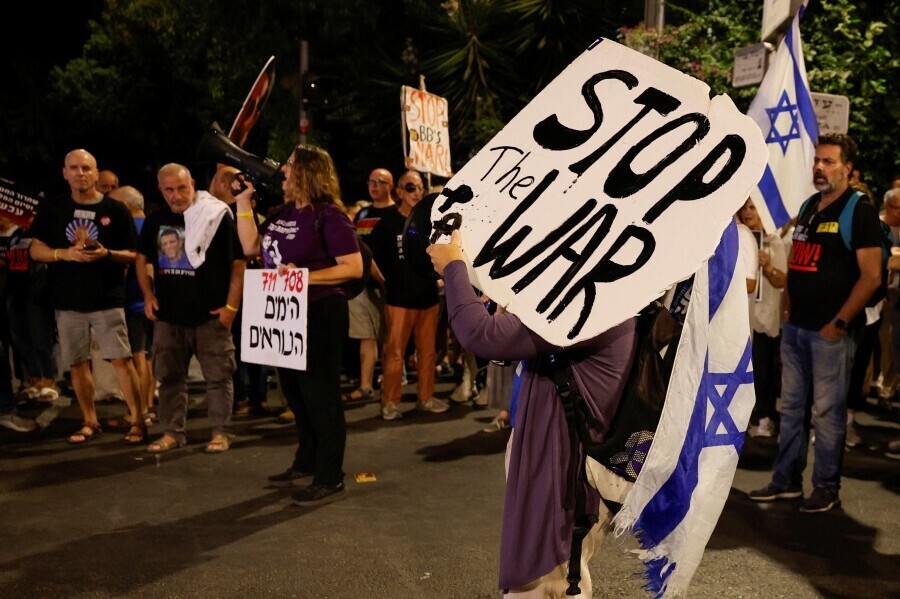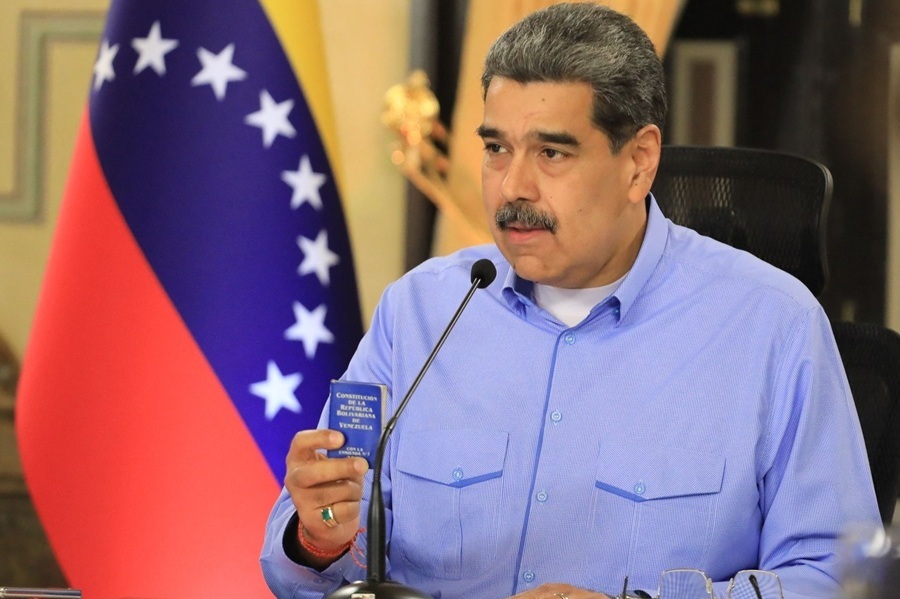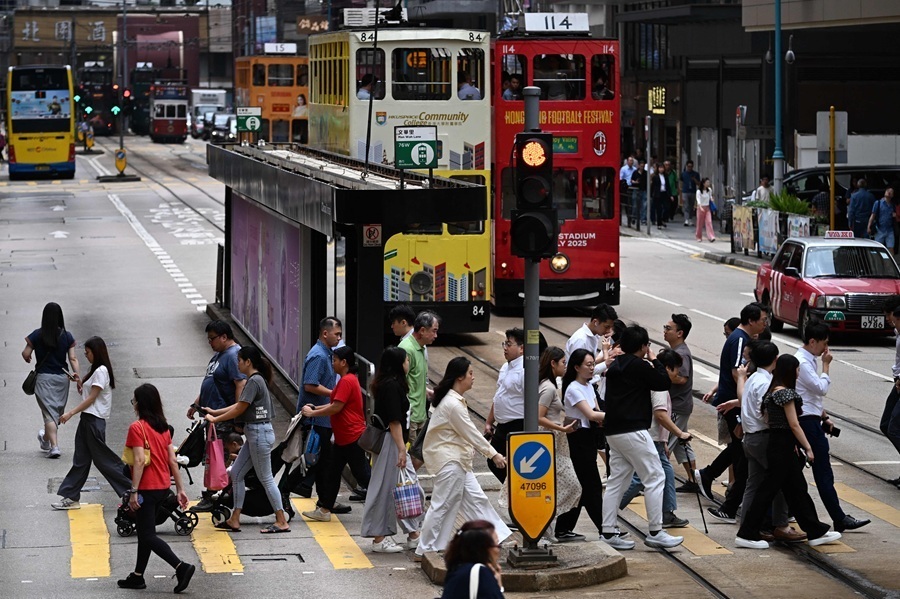What now for TikTok after the appeals court ruling?
After the federal appeals court made its decision, TikTok still faces a possible ban in the US if it does not divest itself from its parent company by January 2025. Will the Supreme Court intervene and would President-elect Trump issue an executive order when he assumes office? US academic Sarah Kreps weighs up the possibilities.
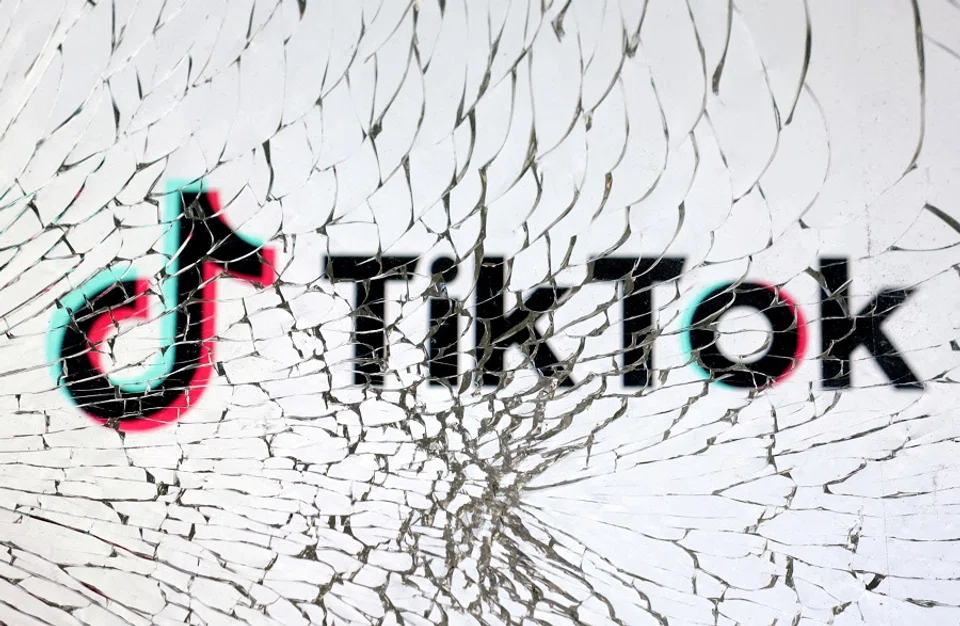
On 6 December, a federal court upheld a law that will ban TikTok in the US next month unless its parent company ByteDance sells its stake in the app. The D.C. Court of Appeals has now weighed in on a fundamental question: how can democratic countries address legitimate cybersecurity threats posed by foreign-owned technologies without undermining innovation, free expression and open markets?
The First Amendment cuts two ways. TikTok had claimed access to the platform was a free speech issue. As Justice Douglas Ginsburg wrote in the majority opinion, China’s capacity to curate and manipulate American data infringes on free speech, leading to the court’s unanimous siding with the legislative ban on TikTok.
The case is important in its own right — policymakers suggest that Tiktok’s ownership by China-based ByteDance poses potential risks to national security and user privacy — but reflects broader anxieties about the intersection of national security, digital globalisation and personal freedoms. The case serves as a litmus test for how democracies can regulate technology in a way that balances openness with sovereignty.
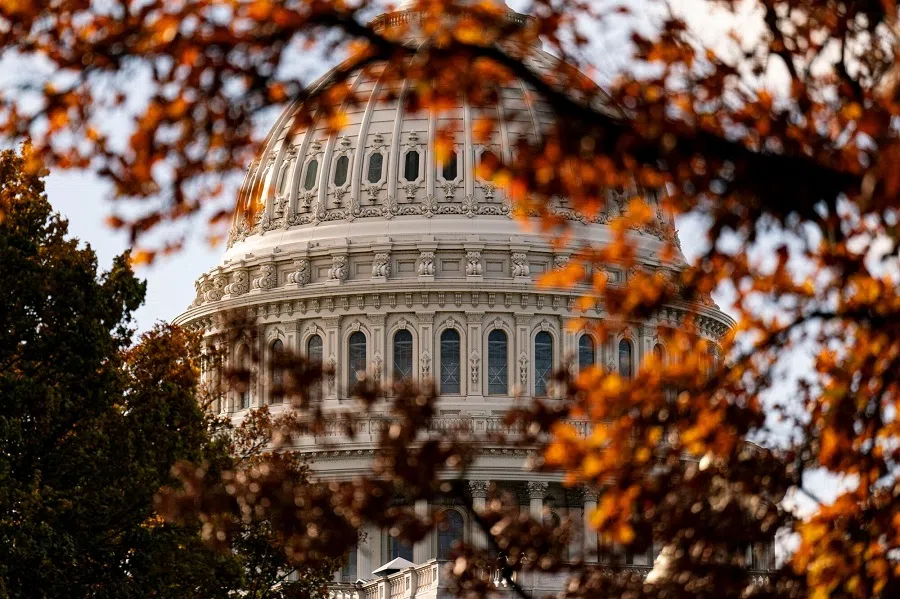
The core issue
Since President Trump attempted to ban TikTok in 2020, American policymakers have had concerns about the ownership of an important social media app by a foreign adversary, which raised two sets of related issues. The overarching issue is that the 170 million Americans using the platform provide daily data about their preferences — their likes and dislikes, politically and socially.
TikTok’s collection of extensive user data — including preferences, behavioural patterns and location — has raised alarms about potential access by the Chinese government, given China’s laws that compel companies to cooperate with state intelligence agencies. The US fears that this data could be exploited for surveillance, profiling or cyber operations.
... during the Gaza conflict, TikTok was accused of promoting anti-Israel messages. In a potential US-China standoff, a similar tactic could erode public trust and morale, undermining US national cohesion.
Beyond data collection, TikTok’s recommendation algorithm has the potential to subtly shape public opinion and societal values. Critics worry about its capacity to amplify harmful content, such as misinformation or content detrimental to mental health. For instance, the platform could steer vulnerable users toward harmful ideologies, amplify divisive narratives or promote certain pathologies (e.g. eating disorders to younger people).
International conflicts heighten concerns about the ability of foreign-owned platforms to manipulate narratives. For example, during the Gaza conflict, TikTok was accused of promoting anti-Israel messages. In a potential US-China standoff, a similar tactic could erode public trust and morale, undermining US national cohesion.
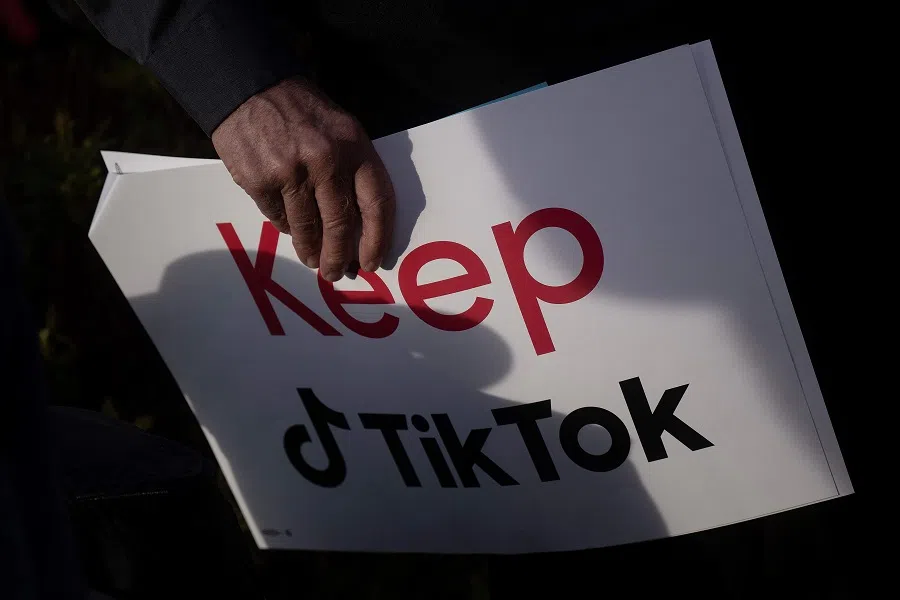
Recognising these risks, Congress passed legislation to mitigate TikTok’s perceived threat, and in April 2024, passed a bill forcing the parent company, ByteDance, to divest by 19 January 2025 or face a ban in the US. The rare bipartisan consensus underscored the urgency lawmakers feel about protecting national security, while aiming to respect constitutional safeguards like free speech. Shortly after, TikTok filed a lawsuit in the Second Circuit Court of Appeals, accusing the law of being unconstitutional. Having heard oral arguments in September, the decision now has implications not just for TikTok but for other Chinese-owned platforms and for broader US-China relations, for which the TikTok case was both cause and consequence of tensions.
The next step in the legal battle is likely to be the Supreme Court, although now this is far from certain given the unanimous decision from the lower court.
What is the Supreme Court’s shadow docket?
The next step in the legal battle is likely to be the Supreme Court, although now this is far from certain given the unanimous decision from the lower court. If it did take up the case, it would do so through its so-called shadow docket.
In cases related to appellate court decisions, the shadow docket allows the Supreme Court to intervene quickly. The Court has used the shadow docket for time sensitive cases like Covid restrictions, elections or immigration. In this case, without taking up the case through its shadow docket, the law could take effect (or not) unless the Court intervened to stay lower court decisions or grant relief. The Court would likely take this case and position itself to issue a landmark decision on the case of free speech for social media platforms with foreign ties.
The Supreme Court has ruled in cases that seem vaguely congruous. In a 2010 case, “Holder vs Humanitarian Law Project”, for example, the Court held that a law prohibiting material support for terrorist organisations — in the form of “specialised knowledge” acquired online — was constitutional, not a violation of the First Amendment. Like the Holder case, TikTok involves a tension between national security and constitutional freedoms but introduces new wrinkles. Whereas Holder’s free speech plaintiffs were two groups designated as foreign terrorist organisations, the TikTok case is more generalised, affecting millions of American users and businesses, but a foreign adversarial ownership.
What is the Supreme Court likely to decide?
The composition of the Court’s ideologies makes the TikTok case difficult to predict. Some justices (e.g., Clarence Thomas, Samuel Alito and Neil Gorsuch) are likely to endorse a broad reading of executive authority, particularly under statutes like the International Emergency Economic Powers Act (IEEPA) that is the legal basis for the TikTok ban. On the other hand, the Court has also shown strong free speech commitments particularly in the context of corporate rights (e.g., the “Citizens United vs FEC” case).
Congress could then feel emboldened to pass comprehensive legislation targeting foreign-owned tech companies, such as the proposed RESTRICT Act, which seeks to limit foreign technology linked to national security concerns.
If it leans into the case as one of foreign relations and security, with scepticism towards foreign-owned entities like TikTok as a national security threat, the Court could side with the government, which would validate the Department of Commerce’s powers to restrict foreign apps that pose national security risks, potentially leading to broader regulatory scrutiny of other Chinese-owned platforms like WeChat or Temu.
Congress could then feel emboldened to pass comprehensive legislation targeting foreign-owned tech companies, such as the proposed RESTRICT Act, which seeks to limit foreign technology linked to national security concerns. The impact on US-China relations would be both significant and adverse, with a likely retaliation from China imposing restrictions on American tech firms operating in China or pursuing data sovereignty laws that disadvantage foreign companies. The ban would no doubt frustrate consumers, influencers and advertisers, though they could migrate to other platforms like Youtube Shorts, which is largely the point.
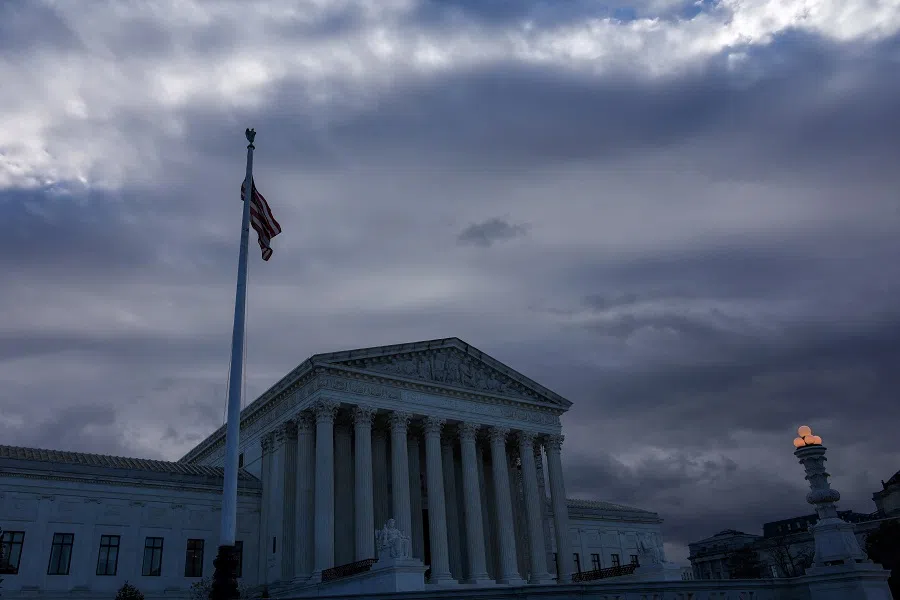
The question might still remain whether Trump would hold true to his promise to overturn the ban, selectively enforce it or decide that the new evidence and intelligence he sees is enough to return to his status quo ante position.
A different possibility is that the Court rules in favour of TikTok, perhaps that the case lacked clear evidence of harm to national security. In that case, the decision would reaffirm the limits of the federal government’s power to unilaterally restrict foreign-owned platforms without sufficient evidence of harm. Lawmakers looking to persevere on the spirit of the legislation would have to pursue a different tack: perhaps stricter transparency requirements, federal data privacy frameworks that apply more universally, and needing more evidence on future cases of foreign manipulation.
... he [ Trump] could direct agencies to deprioritise enforcement of the ban.
The executive override?
Although a Supreme Court decision is generally final and binding, with no further legal appeal in the US legal system, it is still not the last word on a ban. President Trump has promised to lift the ban but his picks for advisers or administrators reflect division on the matter. His Federal Communications Commission chair, Brendan Carr, favours a TikTok ban, for example, as does his pick for the CIA director, John Ratcliffe. But others such as Tulsi Gabbard, his pick for the director of national intelligence, and health and human services nominee Robert Kennedy Jr, appear to be free speech absolutists who favour repealing the ban.
Trump certainly has the authority to issue an executive order lifting the ban. But he can also take action that seeks to thread the needle of these concerns about free speech and national security that the division within his nominees reflects: he could direct agencies to deprioritise enforcement of the ban.
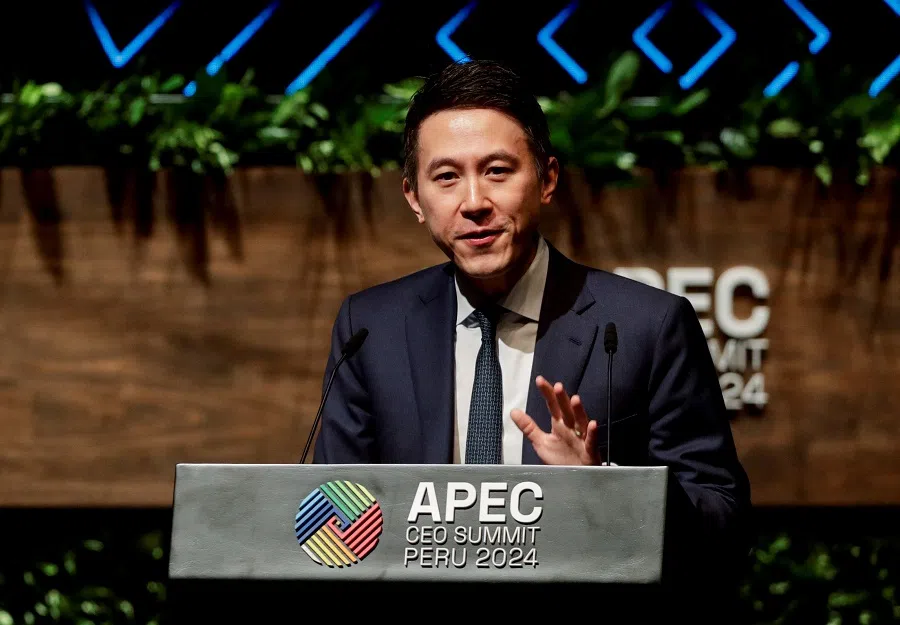
Agencies responsible for enforcing the ban might delay issuing official orders or regulations that would block TikTok’s operations in the US. The government might opt not to enforce penalties against individuals or companies that continue to use or interact with TikTok. For example, federal agencies have deprioritised enforcement of marijuana bans in states where it is legal, despite federal law still classifying it as a controlled substance. In this scenario, the ban might remain legally valid but deprioritisation could render it practically unenforceable, offering a way for a new administration to distance itself from the policy without taking the political risk of fully overturning it.
Deprioritising enforcement would significantly limit the real-world impact of a TikTok ban, even if the legal authority to enforce it remained in place. It would reflect the president’s discretion in handling an issue that embodies the “impossible trinity” of national security, freedom and innovation — three critical concerns that are difficult, if not impossible, to balance simultaneously.

